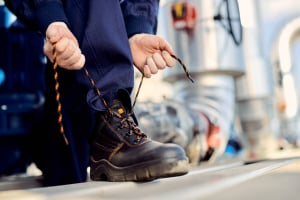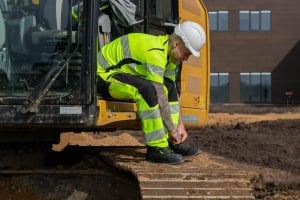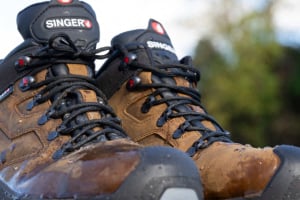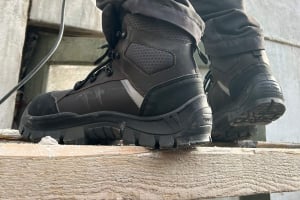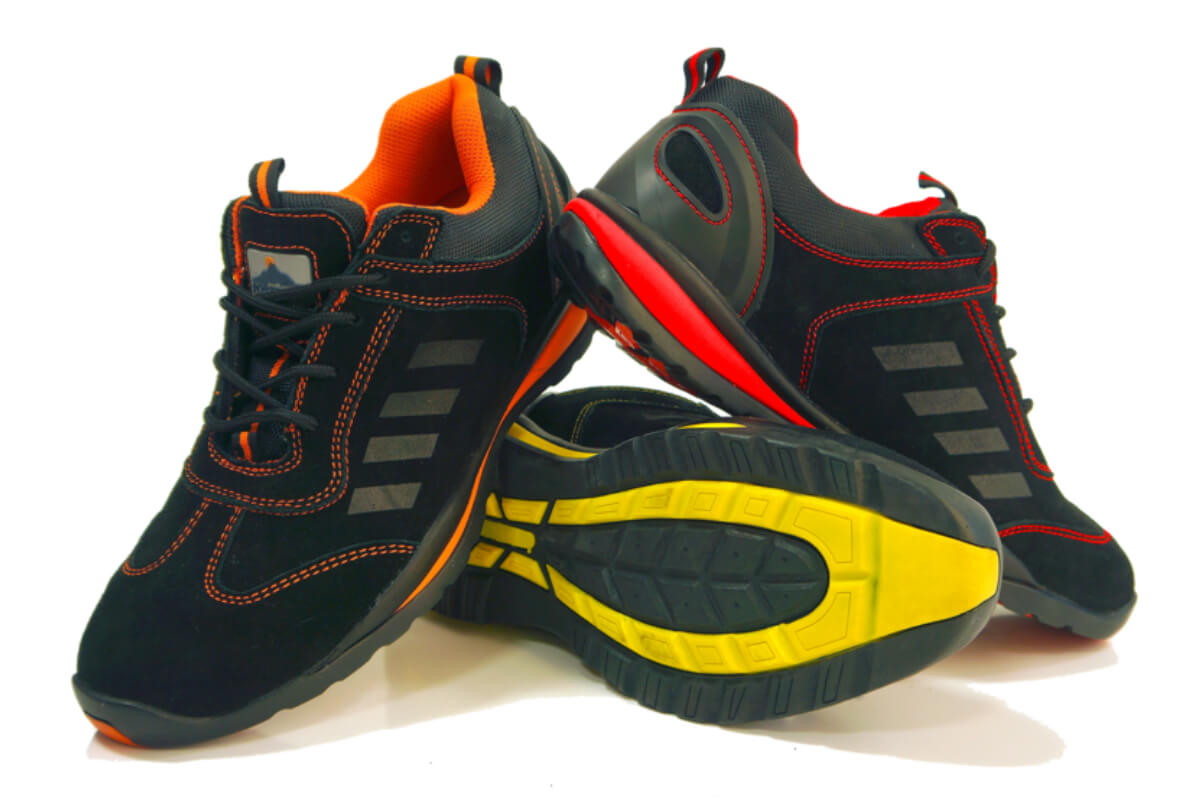
Tips for choosing suitable safety shoes
Your work may expose you to various risks and dangers. Among these dangers, those that threaten your feet are not the least. This is where safety shoes come in. They provide much-needed protection, especially if your work involves risks of perforation or falling heavy objects. But with a multitude of models on the market, how do you make the right choice? Here are some tips to help you choose the safety shoes best suited to your work and your feet.
Importance of foot safety at work
The importance of foot safety at work cannot be underestimated. Your feet are put to the test every day. They must support your body weight, help you move around, and often withstand harsh or dangerous conditions. Foot injuries can be painful and debilitating, not to mention the long-term consequences they can have on your ability to work and your overall quality of life.
suitable safety shoes are therefore an essential part of your personal protective equipment (PPE). Whether you work in construction, agriculture, industry or any other sector where your feet are at risk, it is crucial to choose the right safety shoes.
Know the safety standards
To make the right choice, it is essential to know the standards that govern safety shoes. These standards, established by international regulatory bodies, provide guarantees on the resistance and quality of shoes. For example, the EN ISO 20345 standard concerns safety footwear for general work, while the standard EN ISO 20346 is dedicated to protective footwear.
These standards indicate the level of protection offered by shoes, particularly in terms of resistance to puncture, abrasion, cutting, compression, etc. It is therefore essential to choose shoes that meet the standards required for your sector of activity.
Choose the right type of shoes
There are many types of safety shoes, from boots to safety sneakers, including moccasins. Choosing the right type of shoes depends a lot on your job and the risks you are exposed to.
For example, if you work in construction and your feet are often exposed to puncture risks, it is best to opt for safety boots with a reinforced sole. On the other hand, if your job involves a lot of movement and requires good foot flexibility, a sneaker type safety shoe might be more appropriate.
Prioritize comfort and adaptation to your foot
Comfort is another key factor to consider when choosing your safety shoes. Uncomfortable shoes can not only make your work day miserable, but also cause long-term health problems, like back or knee pain.
It is therefore important to choose shoes that adapt well to the shape of your feet. Remember that your feet may swell throughout the day, especially if you stand for long hours. Opt for the right size shoes, which leave enough space for your toes, and pay attention to the sole, which should be thick and flexible enough to absorb shock and support your arch.
Quality and durability above all
Finally, quality and durability are essential aspects to consider when purchasing your safety shoes. These shoes are generally more expensive than regular shoes, but they are built to last and withstand harsh conditions.
Check that the safety shoes you are considering purchasing are made of quality materials, such as leather or durable synthetic materials. In addition, do not hesitate to read the opinions of other users or ask for the opinion of colleagues who have already worn the model that interests you.
Ultimately, the choice of safety shoes must be guided by your specific protection needs, but also by the comfort and quality of the shoes. Remember: your feet are precious, take care of them!
Adapting the shoe to the work environment
The working environment has a significant impact on the choice of safety footwear. This is because different environments present different hazards that require appropriate levels of protection. Therefore, it is important to take into account your work environment when selecting your safety shoes.
If you work in a damp or wet area, for example, you will need safety shoes that offer water resistance and excellent grip to prevent slips and falls. In this case, rubber safety boots might be appropriate.
If you work in an environment with high temperatures or exposure to chemicals, choose safety shoes that are resistant to high temperatures and chemicals. In addition, make sure that the shoes you choose meet the ISO standard corresponding to your work environment.
In environments where the risk of crushing or perforation is high, it is imperative to choose safety shoes equipped with a protective shell and an anti-slip sole. -perforation.
The importance of trying before you buy
It is crucial to try on safety shoes before purchasing them. Indeed, even if a shoe complies with safety standards, it must also be comfortable and adapt perfectly to your feet to be effective.
Take the time to try on several pairs and walk around in each pair to get a feel for their comfort and fit. Make sure there is enough room for your toes and that the shoe is neither too tight nor too loose.
Remember that your feet may swell after a long day at work, so it is advisable to try on the shoes at the end of the day when your feet are at their maximum size.
Conclusion
Choosing suitable safety footwear is a task that requires taking into account several criteria, from identifying the risks associated with your work environment to ensuring the perfect fit and comfort.
It is crucial to learn about ISO safety standards and ensure that the shoes you are considering purchasing meet them. Remember that the protection offered by safety shoes is useless if they are not comfortable or do not fit your feet well.
Finally, don't skimp on the quality and durability of your safety shoes. Think of it as an investment in your safety and well-being at work. Your feet carry you through the day, they deserve the best possible care!


